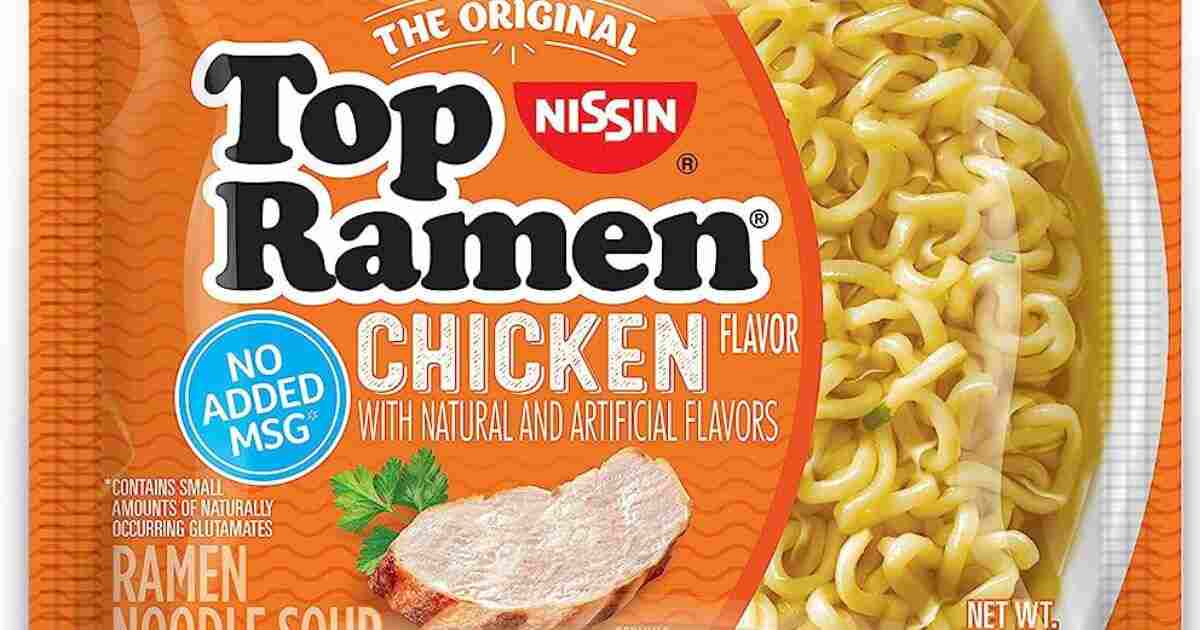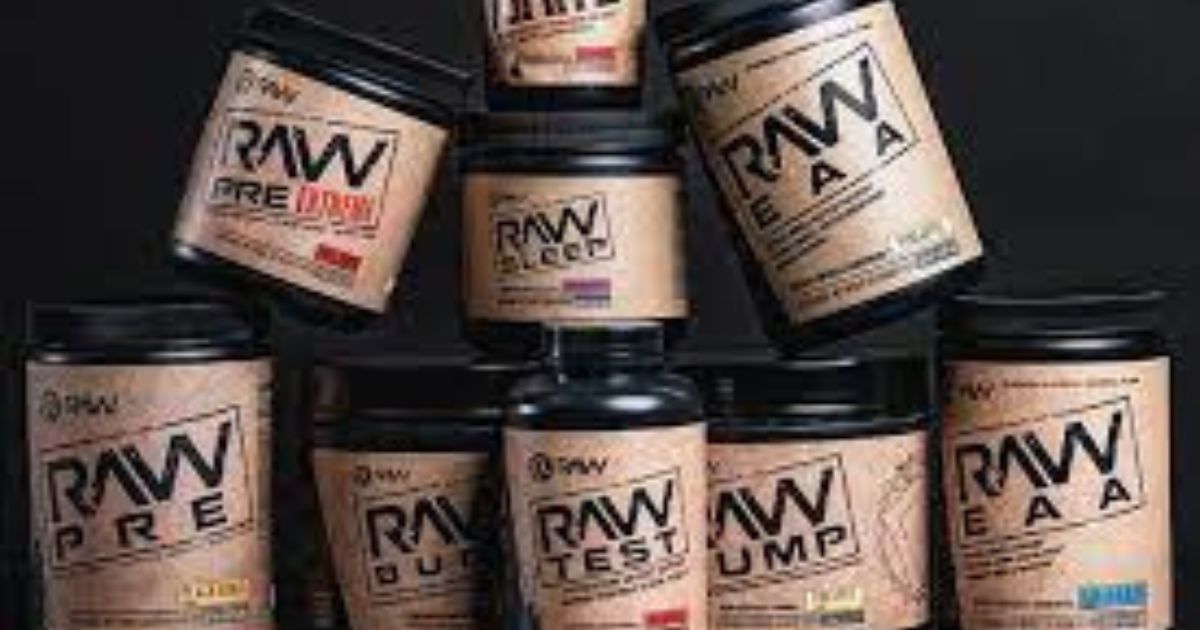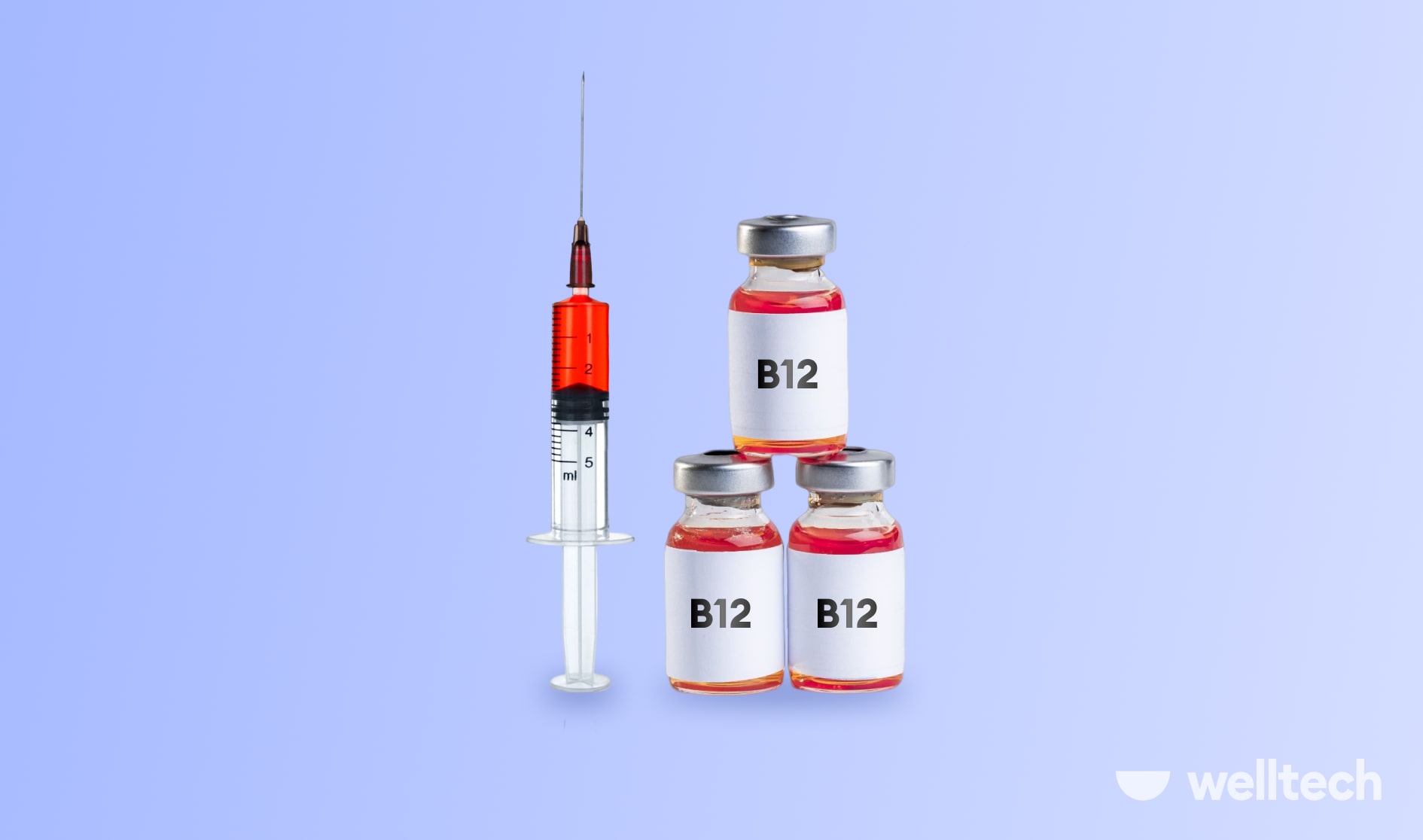Top ramen nutrition facts: a standard serving size (43g) of top ramen contains 190 calories and 7g of fat. Top ramen is a brand of instant noodles that has become popular around the world.
These noodles are typically inexpensive and easy to prepare, making them a favorite among college students and budget-conscious individuals. While they may be a quick solution for a satisfying meal, many people wonder about the nutritional content of these noodles.

In this article, we will take a closer look at the top ramen nutrition facts, including the calorie and fat content, as well as some of the other ingredients that are commonly found in these noodles. Whether you are a dedicated fan of top ramen or are simply curious about this popular food, read on to learn more about what you can expect from this convenient meal option.

Credit: arcaera.com
Top Ramen Nutrition Facts
Top ramen is a popular instant noodle brand globally. It is known for its affordability and delicious taste. However, what about its nutritional value? In this blog post, we will explore the top ramen nutrition facts.
Breakdown Of The Nutritional Content Of Top Ramen
Top Ramen nutrition comes in different flavors but most of them have similar nutritional content. Here is a breakdown of the nutritional content of top ramen per serving (43g):
- Calories: 190
- Total fat: 8g
- Sodium: 830mg
- Total carbohydrate: 26g
- Protein: 4g
Overview Of The Recommended Daily Intake Of Each Nutrient
The recommended daily intake of nutrients varies depending on several factors such as age, sex, level of physical activity, and more. However, here is a general overview of the recommended daily intake of each nutrient for an adult on a 2,000 calorie diet:
- Calories: 2,000
- Total fat: 65g
- Sodium: 2,300mg
- Total carbohydrate: 300g
- Protein: 50g
Discussion Of The Macronutrient And Micronutrient Composition Of Top Ramen Nutrition
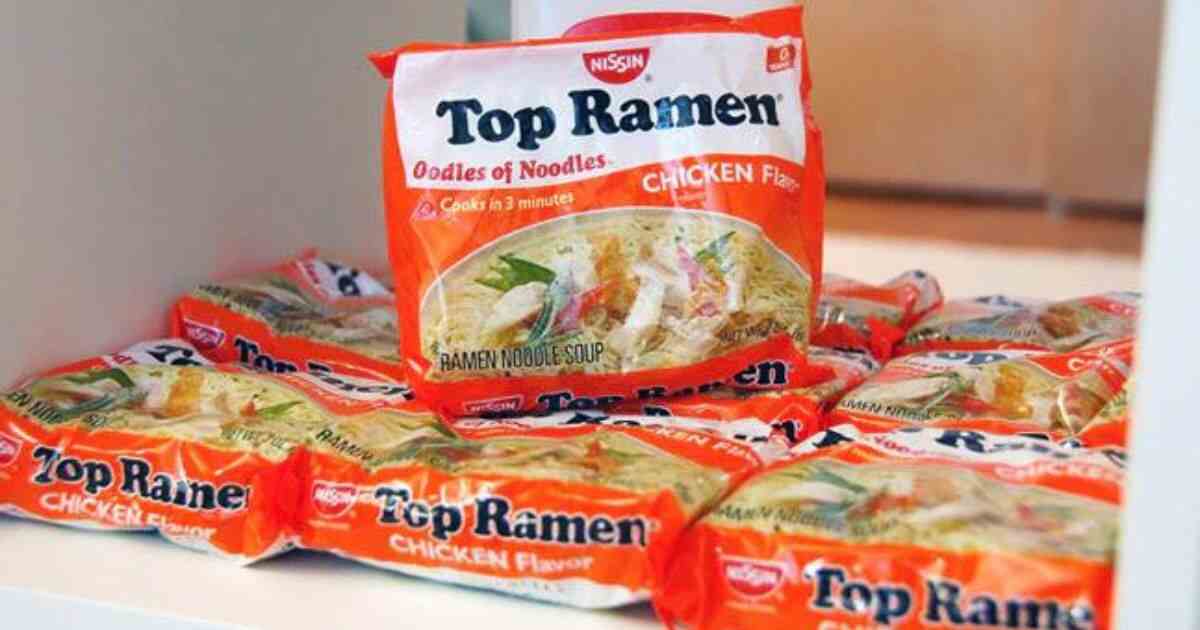
Macronutrients are nutrients that the body requires in large amounts, while micronutrients are required in small amounts. Top ramen contains the following macronutrients and micronutrients:
- Carbohydrates: A serving of top ramen contains 26g of carbs. It is an excellent source of energy as carbs convert to glucose, which fuels our bodies.
- Fat: Top ramen contains 8g of total fat per serving, with 4g of saturated fat. While fat is essential, overconsumption may lead to weight gain and health problems such as cardiovascular diseases.
- Protein: A serving of top ramen contains 4g of protein. Protein helps in building and repairing muscles and other tissues.
- Sodium: Top ramen is high in sodium, with a serving containing 830mg. Consuming too much sodium may lead to high blood pressure, among other health problems.
- Micronutrients: Top ramen contains several micronutrients such as iron, calcium, and vitamin c. however, the amounts are low and not enough to fulfill daily requirements.
Top Ramen Nutrition is a convenient and tasty meal. However, it contains high amounts of sodium, saturated fat, and low amounts of essential nutrients. Therefore, it is best to consume it in moderation and balance it with other nutrient-dense foods to meet daily nutritional requirements.
The Pros And Cons Of Top Ramen Nutrition
Top ramen nutrition facts: the pros and cons of top ramen nutrition
Many of us probably have a soft spot for the top ramen instant noodle soup. This dehydrated noodle soup is a favorite among college students or anyone who needs a quick and easy meal. However, is it as healthy as it is convenient?
We’ll take a closer look at the nutrition facts in top ramen and assess its health benefits or negative effects.
Evaluation Of Top Ramen’S Nutritional Value And Health Benefits
Plain paragraph:
- A single package of top ramen contains about 380 calories, 14 grams of fat, 52 grams of carbohydrates, and 7 grams of protein.
- Top ramen also contains high amounts of sodium, with a single package containing around 1,820 to 2,400 milligrams.
- The soup is enriched with vitamins and minerals such as thiamin, niacin, and iron.
Bullet points:
- Top Ramen nutrition has a low amount of fiber, which is essential for a healthy digestive system.
- The sodium content in top ramen exceeds the recommended daily intake, making it a high-sodium meal.
- While top ramen is not a significant source of protein, it can add to your daily requirements.
- Top ramen does not contain any preservatives.
Highlighting The Potential Negative Effects Of Consuming Too Much Top Ramen
Plain paragraph:
- The high sodium content in Top Ramen nutrition may lead to high blood pressure, heart disease, and stroke.
- Eating it frequently may cause excessive intake of calories, leading to weight gain, obesity or diabetes.
- Top ramen may also contain lead and phthalates, which are harmful chemicals that have been found in some noodle brands.
Bullet points:
- Consuming Top Ramen nutrition frequently can cause dehydration due to the high amounts of sodium.
- The low-fiber content may cause constipation or other digestive problems in the long run.
- Top ramen contains monosodium glutamate (msg), which can cause headaches, nausea, and other symptoms in some individuals.
- The high amounts of fat and carbohydrates may lead to increased blood sugar levels, causing an insulin spike in people with diabetes.
Comparison Of Top Ramen’S Nutrition To Other Food Products
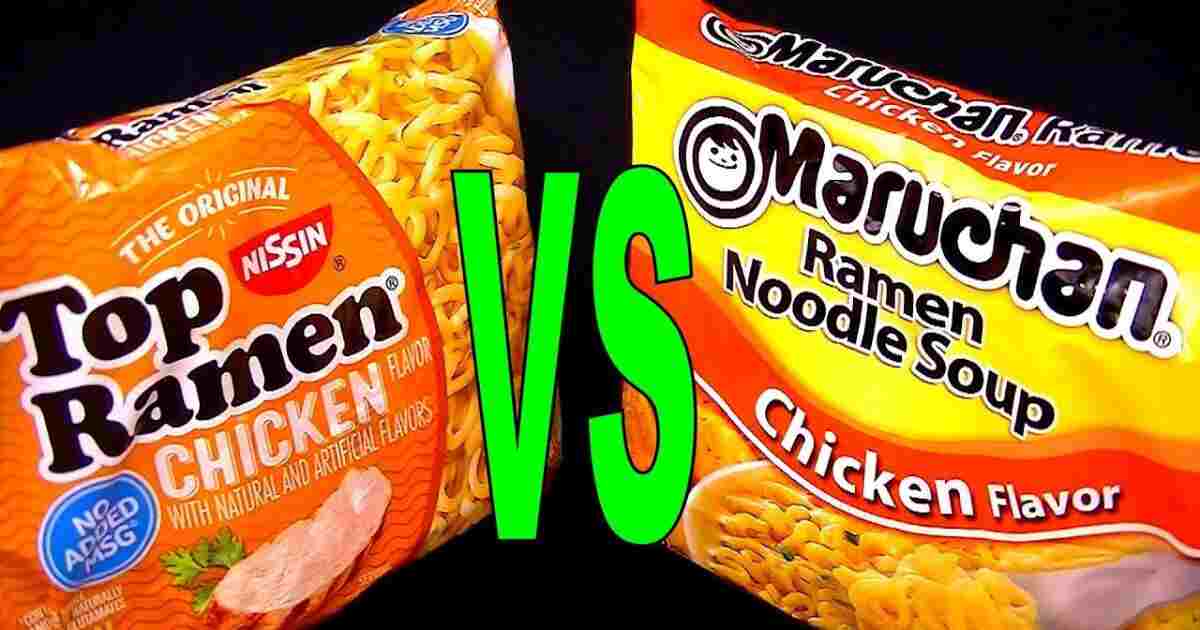
Plain paragraph:
- Compared to other instant noodle products, top ramen is lower in calories and fat.
- However, it has a higher amount of sodium than other noodle soup brands.
- Fresh food products like vegetables or lean meat contain various vitamins and minerals that Top ramen nutrition lacks and could complement your diet well.
Bullet points:
- Compared to other soups or stews, top ramen is lower in fiber, which is essential for digestive health.
- Other grains like quinoa or brown rice offer more health benefits with less sodium than top ramen.
- Consuming fresh food products is a healthier alternative to instant noodles because they offer a wide variety of essential nutrients and minerals.
Top ramen is a quick and easy meal that can satisfy your hunger but isn’t the healthiest option. Consuming it frequently can lead to various negative effects such as dehydration and potential harm from harmful chemicals. While it is okay to eat occasionally, it’s important to have a balanced diet that consists of nutrient-dense foods that improve your health in the long run.
Understanding The Additives And Preservatives In Top Ramen Nutrition
Top ramen nutrition facts: understanding the additives and preservatives in top ramen
Instant noodles are a popular, convenient and budget-friendly meal option. Top ramen, a brand of instant noodle, is widely consumed across the world. While it can fulfill your hunger pangs, it is important to understand the nutritional value of top ramen and how its additives and preservatives affect your health.
List Of The Various Additives And Preservatives Included In Top Ramen Nutrition
Top ramen contains a number of additives and preservatives to enhance its flavor, texture, and shelf-life. Some of the common additives and preservatives found in top ramen include:
- Monosodium glutamate (msg): Enhances flavor
- Hydrolyzed vegetable protein (hvp): Adds flavor and improves texture
- Sodium tripolyphosphate: Helps noodles stay firm and chewy
- Bht and tbhq: Preserves freshness and prevents rancidity in the oil
- Guar gum and xanthan gum: Thickens the broth and improves texture
- Palm oil: Used in the seasoning packets
Explanation Of How These Additives And Preservatives Function In Top Ramen Nutrition
Top ramen’s additives and preservatives improve the taste, texture, and appearance of the noodles. Monosodium glutamate (msg) gives the noodles a savory flavor, while hydrolyzed vegetable protein (hvp) can enhance the umami taste. Sodium tripolyphosphate helps the noodles hold their shape and remain firm.
Guar gum and xanthan gum are thickening agents that create a smoother and silkier broth.
Bht and tbhq are synthetic antioxidants used to prevent oils and fats in the seasoning packets from going rancid. These preservatives can extend the shelf-life of top ramen. Palm oil, used in the seasoning packets, adds flavor and richness to the product.
Discussion Of The Potential Health Risks Associated With Consuming These Additives And Preservatives
While the additives and preservatives in top ramen enhance its flavor and shelf life, they can cause potential health risks if consumed in large quantities.
Msg, used to enhance flavor, can cause symptoms such as headaches, flushing, sweating and heart palpitations in some people. Hvp can cause allergic reactions in people who are sensitive to soy, wheat, and other allergens. Sodium tripolyphosphate, when consumed in high amounts, can cause digestive issues such as abdominal cramps and diarrhea.
Synthetic antioxidants such as bht and tbhq, have been linked to various health issues like allergies and hyperactivity in children. Palm oil, while adding flavor, is high in saturated fats and can negatively impact cholesterol levels.
It is important to consume top ramen in moderation and be aware of the potential risks associated with consuming the additives and preservatives found in the product. Opting for healthier and lower-sodium instant noodle options and adding more fresh vegetables and protein to your instant noodle meal can improve its nutritional value substantially.
Stay mindful of what you put in your body and choose healthier alternatives to maintain a healthy diet and lifestyle.
Healthy Alternatives To Top Ramen
Top Ramen Nutrition Facts: Healthy Alternatives To Top Ramen
As a food lover, you might have reached for a pack of top ramen as a quick and easy meal option. However, did you know that top ramen is high in sodium and lacks essential nutrients? The good news is that there are plenty of healthy alternatives that can replace top ramen.
In this post, we will provide you with a list of healthier food options, explain why these options are more nutritious, and suggest alternatives that are convenient, cost-effective, and offer similar taste and convenience as top ramen.
List Of Healthier Food Options That Can Replace Top Ramen
Here are some of the best alternatives to top ramen:
- Quinoa: This superfood is an excellent alternative to top ramen nutrition . It is a complete protein that is rich in fiber, vitamins, and minerals. Additionally, quinoa is gluten-free, making it easy to digest.
- Brown rice: Unlike top ramen, which is made from refined carbohydrates, brown rice is packed with fiber, vitamins, and minerals. It is also a great source of complex carbs that can help you feel full and satisfied for longer.
- Sweet potato: Sweet potatoes are a nutritious and tasty alternative to top ramen nutrition. They are rich in fiber, vitamins, and minerals, and they are also a good source of antioxidants that can help boost your immune system.
- Lentils: Lentils are another excellent alternative to top ramen. They are high in protein, fiber, and complex carbs, making them a great option for vegetarians and vegans.
Explanation Of Why These Options Are Healthier And More Nutritious
The alternatives listed above are not only healthier than top ramen, but they are also more nutritious. Here’s why:
- They are rich in fiber, which can help improve digestion and keep you feeling full for longer. Top ramen nutrition, on the other hand, contains refined carbohydrates that can cause a spike in blood sugar levels and leave you feeling hungry soon after.
- They are a great source of essential vitamins and minerals that your body needs to function properly. Top ramen, on the other hand, is high in sodium and lacks essential nutrients.
- They are complex carbohydrates, which can provide sustained energy throughout the day. Top ramen, on the other hand, is high in simple carbs that can cause a crash in energy levels.
Alternatives That Are Convenient, Cost-Effective, And Offer Similar Taste And Convenience AsTop Ramen Nutrition
While top ramen is easy to make and offers quick convenience, the alternatives listed above are convenient, cost-effective, and offer a similar taste and convenience. Here are some examples:
- Instant brown rice: This is a great alternative to top ramen as it is quick and easy to make.
- Canned lentils: Canned lentils are pre-cooked and ready to use, making them a convenient and cost-effective alternative to top ramen.
- Microwaveable sweet potato: You can microwave a sweet potato in just a few minutes, making it a quick and easy alternative to top ramen.
- Pre-cooked quinoa: Pre-cooked quinoa is a convenient and healthy alternative to top ramen. You can find it in the frozen section of most grocery stores.
While top ramen is tasty and convenient, it lacks essential nutrients and is high in sodium. There are plenty of healthier and more nutritious alternatives that you can replace it with. Quinoa, brown rice, sweet potatoes, and lentils are just a few examples of healthy alternatives that are convenient, cost-effective, and offer similar taste and convenience as top ramen.
So, next time you reach for top ramen, consider trying one of these healthier alternatives instead.
Frequently Asked Questions Of Top Ramen Nutrition Facts
Is Top Ramen Nutrition Healthy To Eat Daily?
Top ramen is high in sodium, calories, and artificial flavors. Eating it daily is not recommended and can lead to health problems like high blood pressure, weight gain, and heart disease.
How Many Calories Are In A Packet Of Top Ramen?
A typical packet of top ramen contains around 380-400 calories. This amount may vary depending on the flavor and additives added to the noodles. It’s essential to read the nutritional label to know exactly what you’re consuming.
Is Top Ramen Gluten-Free?
Unfortunately, top ramen is not gluten-free as it contains wheat flour as the main ingredient. If you have gluten intolerance, celiac disease, or any other gluten-related disorders, you should avoid eating top ramen.
Is Top Ramen Suitable For A Vegetarian Diet?
Yes, top ramen is perfect for a vegetarian diet as it doesn’t contain any meat or poultry. However, some flavors of top ramen may contain animal-based ingredients like beef, chicken, or pork. So, it’s vital to read the label before purchasing.
What Are The Different Flavors Of Top Ramen Available?
Top ramen comes in a variety of flavors, including chicken, beef, pork, spicy, curry, and shrimp. It also has some regional flavors like kimchi and chili. There are numerous other flavors available in the market.
Conclusion
It’s no secret that top ramen has been an american favorite for decades. However, the nutrition facts of these beloved noodles might surprise some people. While top ramen can provide a quick and inexpensive meal, it is important to be mindful of how it fits into a balanced diet.
The high sodium content and lack of necessary nutrients make it important to consume in moderation. By adding vegetables and protein to your instant noodle dish, you can increase the nutritional value and make a more balanced meal. It’s important to remember that making small changes in our diets can have a big impact on our health in the long run.
Choosing healthier options doesn’t mean sacrificing flavor or convenience, and being aware of the nutrition facts of our favorite foods can help us make more informed choices.
